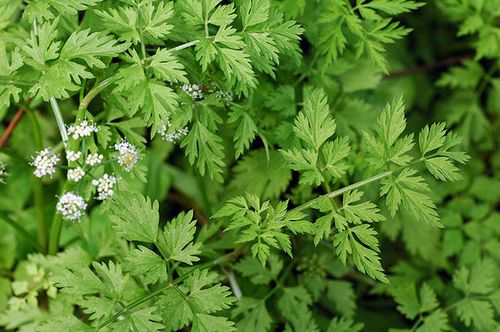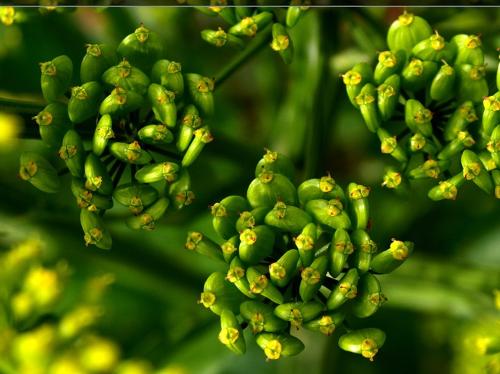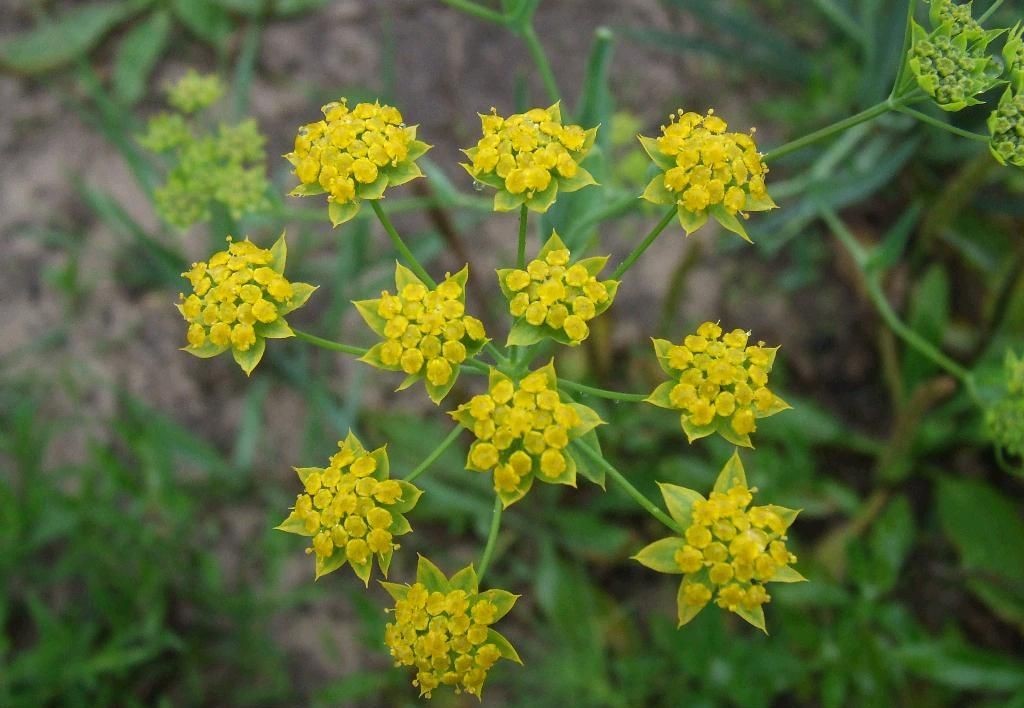- Liliaceae
- Lamiaceae
- Euphorbiaceae
- Leguminosae
- Zingiberaceae
- Chloranthaceae
- Campanulaceae
- Asteraceae
- Acanthaceae
- Orchidaceae
- Polygonaceae
- Ranunculaceae
- Vitaceae
- Rubiaceae
- Solanaceae
- Thymelaeaceae
- Saururaceae
- Moraceae
- Polypodiaceae
- Myrtaceae
- Araceae
- Adiantaceae
- Schisandraceae
- Amaranthaceae
- Berberidaceae
- Araliaceae
- Taxaceae
- Cucurbitaceae
- Apiaceae
- Guttiferae
- Scrophulariaceae
- Papilionaceae
- Caprifoliaceae
- Elaeagnaceae
- Apocynaceae
- Brassicaceae
- Papaveraceae
- Gentianaceae
- Paeoniaceae
- Lauraceae
- Punicaceae
- Nyssaceae
- Ephedraceae
- Gnetaceae
- Polygalaceae
- Violaceae
- Ginkgoaceae
- Cupressaceae
- Dipsacaceae
- Eucommiaceae
- Juglandaceae
- Dryopteridaceae
- Rosaceae
- Huperziaceae
- Caryophyllaceae
- Rhamnaceae

Angelica Sinensis diels
- Introduction
- Download
Blast
Angelica sinensis diels (AS) belongs to the Umbelliferae family and is mainly produced in Gansu, Yunnan and Sichuan Province of China. In Chinese medicine (CM), AS produced in Min County of Gansu Province has been invariably deemed as the genuine regional drug because of large production and good quality. For more than 2000 years, AS has been extensively used in CM. AS has been traditionally considered as an important drug for nourishing blood and activating blood.
Year: 2016
Institution: Bijie Medical College, Bijie, Guizhou Province (551700), China
Material: Shenyang, China
Download:
http://www.herbal-genome.cn/index.php?m=content&c=index&a=show&catid=100&id=143
Centella asiatica
- Introduction
- Download
Blast
Centella asiatica, commonly known as centella and gotu kola, is a small, herbaceous, frost-tender perennial plant of the family Mackinlayaceae or subfamily Mackinlayoideae of family Apiaceae, and is native to wetlands in Asia. It is used as a medicinal herb in Ayurvedic medicine, traditional African medicine, and traditional Chinese medicine. In traditional herbal medicine, Gotu kola has been used for varicose veins, chronic venous insufficiency, psoriasis, and minor wounds.
Year:2014
Institution:Metabolic and Structural Biology Department, CSIR-Central Institute of Medicinal and Aromatic Plants (CIMAP), P.O. CIMAP, Lucknow-226015, India
Material: , leaf, India
Data link: http://www.herbal-genome.cn/index.php?m=content&c=index&a=show&catid=100&id=86

Oenanthe javanica (BI.) DC
- Introduction
- Download
Blast
Oenanthe javanica (BI.) DC, is an aquatic perennial herb cultivated in East Asian countries, such as China, Korea, and Japan. O. javanica belongs to Oenanthe genus in Apiaceae . O. javanica is an edible vegetable with high vitamin and mineral content and has medicinal properties. O. javanica has been used in traditional Chinese medicine to treat jaundice, hypertension, fever, abdominal pain, leucorrhea, mumps, and urinary difficulties.
Year:2015
Institution:State Key Laboratory of Crop Genetics and Germplasm Enhancement, Ministry of Agriculture Key Laboratory of Biology and Germplasm Enhancement of Horticultural Crops in East China; College of Horticulture, Nanjing Agricultural University
Material: leaf
Data link: http://www.herbal-genome.cn/index.php?m=content&c=index&a=show&catid=100&id=85

Ligusticum Chuanxiong
- Introduction
- Download
Blast
Ligusticum chuanxiong Hort. (L. chuanxiong, family Umbelliferae) is also named as Chinese lovage, and has long been employed as a traditional Chinese medicine in folk remedies. It is widely applied in food preparation as a health protection. Usually it is added to a soup, such as Chuanxiong mutton soup and Chuanxiong fish’s head soup. Major chemical components of L. chuanxiong are essential oils, alkaloids, phenolic acids, polysaccharides, and proteins.
Year:2015
Institution:College of Life Science and Engineering, Southwest Jiaotong University, Chengdu
Material: Sichuan, China
Data link: http://www.herbal-genome.cn/index.php?m=content&c=index&a=show&catid=100&id=84

Bupleurum chinense (Thorowax)
- Introduction
- Download
Blast
Bupleurum chinense (Thorowax) is a medicinal root found natively in East Asia. The Chinese name is Chai Hu. The leaves of the plant are long and thin and resemble fennel. Traditionally used to relieve infections with fever, hemorrhoids and indigestion.Also used to treat liver stagnation (Qi), irritability, and liver disease.
Year:2011
Institution:Institute of Medicinal Plant Development (IMPLAD), Chinese Academy of Medical Sciences & Peking Union Medical College
Material: Beijing, China
Year:2014
Institution:Institute of Medicinal Plant Development (IMPLAD), Chinese Academy of Medical Sciences & Peking Union Medical College
Material: Beijing, China
Data link: http://www.herbal-genome.cn/index.php?m=content&c=index&a=show&catid=100&id=83